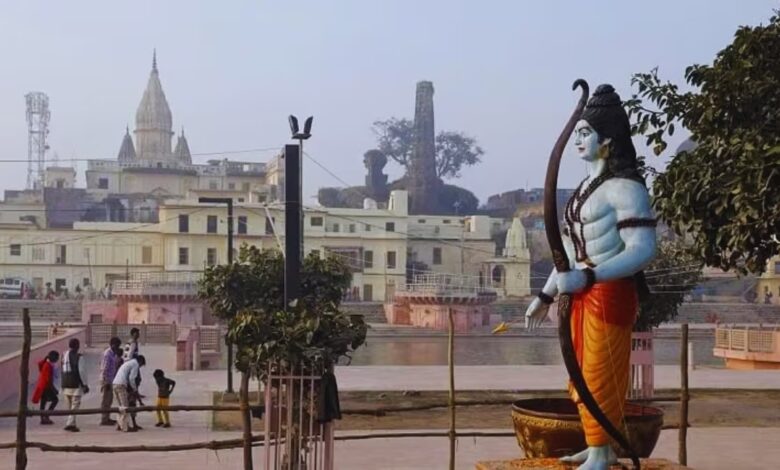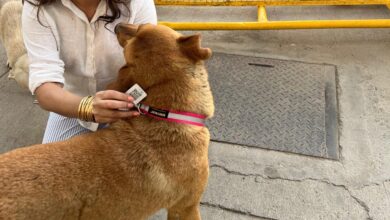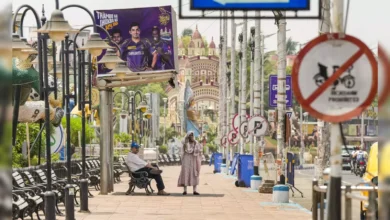Ayodhya in the process of creating ‘Ramayan Wax Museum’ inspired by Madame Tussaud’s
Renowned Artist's Lifelike Statues Bring Ram Katha to Life, Promising a Spectacular Cultural Showcase in Ayodhya

Sunil Kandalloor, aged 52, feels a sense of disappointment due to bureaucratic and legal delays that have affected his project. While the Ram Temple inauguration draws attention to Ayodhya on January 22, his wax museum will still be under construction. However, this setback doesn’t diminish his excitement as the first phase of his most ambitious project, the Ramayan Wax Museum, is set to open by April-May this year.
The museum, a Rs 7-crore project, gained approval last April, and construction is actively ongoing on the allotted 2.5-acre land by the Ayodhya Municipal Corporation. This first phase will feature around 100 life-size wax statues portraying characters like Rama, Sita, Hanuman, and other significant figures from the Ramayana. It will showcase 30-35 scenes from the Ram Katha, including pivotal moments like Sita’s Swayamvar, Vanvaas, and Lanka Dahan.
Sunil mentioned that they were the sole applicants for the museum tender, indicating their unique expertise in this field. Their track record includes successfully running wax museums in Kanyakumari, Thekkady, and Lonavala, which house 170 life-size statues of various celebrities, politicians, actors, and sports personalities like Narendra Modi, Sharad Pawar, Rajnikant, Sachin Tendulkar, among others.
The Kandalloor siblings, originally from Kerala and currently residing in Lonavala, manage these museums. Sunil, the artist and creative mind behind the wax sculptures, is supported by his brothers Subhash and Sujit, who handle administrative and logistical responsibilities. In preparation for the Ayodhya project, Subhash and Sunil have relocated to the city over the last four months.
Sunil explained that they have commenced the production of the initial 80 statues for the Ayodhya museum. His team of five workers is involved in creating moulds based on his designs, drawings, and instructions. He will personally oversee the final shaping and painting of each statue to ensure accuracy and lifelike appearances.
While the first phase focuses on Ram Katha, the subsequent phase will center on Krishna Katha. Sunil also hinted at the possibility of incorporating statues of celebrities and additional attractions like parks and restaurants in the future.
Subhash revealed that the first phase, costing Rs 5 crore, is currently underway with five artists working on statue moulds and 20-25 individuals contributing to other aspects of the museum’s development.
For creating the statues, Sunil extensively researched various books, scriptures, and local representations of Lord Rama, Laxman, Sita, and Hanuman. His study also involved spending time in Ayodhya to immerse himself in the depictions of these characters. He highlighted the use of advanced materials like silicon, wax, and fiberglass to craft lifelike sculptures. With access to highly advanced silicon resembling human skin, Sunil emphasized the intricate detailing and various expressions portrayed in the multiple statues of Rama.
He elaborated on the diverse depictions of Rama—walking into the forest, playing with his twins, engaging in battle against Ravana—showcasing the versatility in expressions and postures created through his craftsmanship and the materials used.
You might also be interested in – Ram Mandir Inaugural: 108-foot incense stick will be sent from Vadodara to Ayodhya after 42 bells



